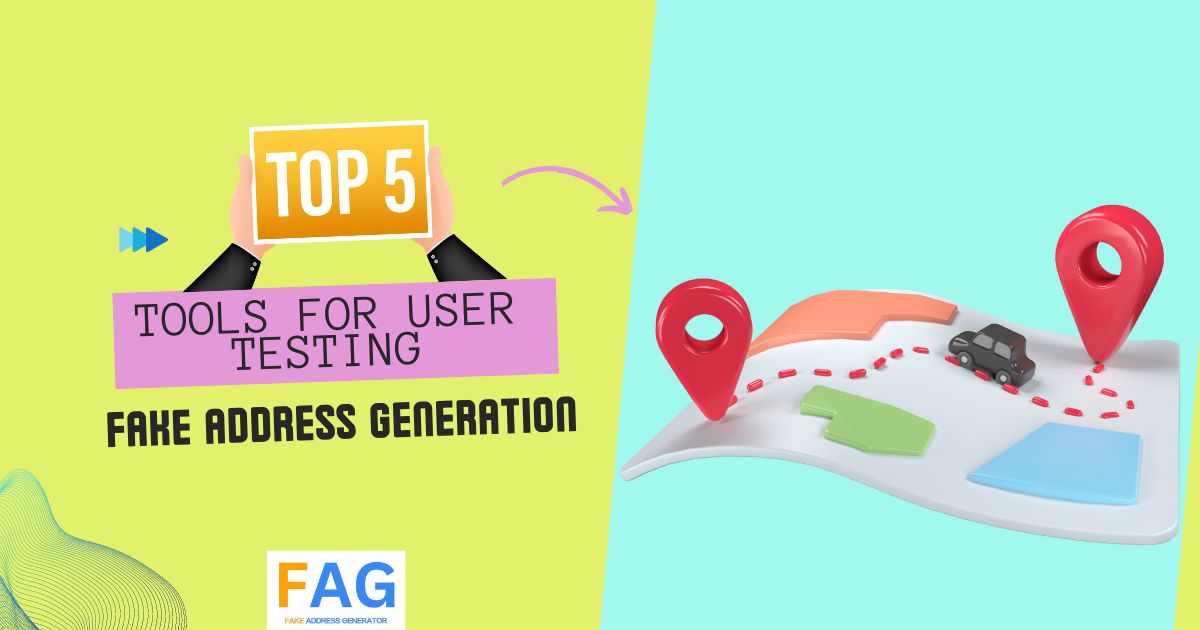Are you looking for the top tools to create fake addresses, or are you thinking about changing the tool you’re using now? In this article, we will discuss the 5 best tools for user testing fake address generation. These tools are designed to create mock addresses for a range of countries and regions. They provide a user-friendly interface to generate random addresses based on specified parameters. The article will provide an overview of each tool, its features, and how it can be used for user testing.
Whether you are a software developer, tester, or business owner, these tools can help you generate thousands of fake addresses in seconds. By using these tools, you can ensure that your software or application is working properly with different types of addresses and that your database is populated with realistic data. With many options and things to consider, it can be hard to pick the right one. Not every tool for making fake addresses works the same way. We looked at many options to make a list that can help you find the best tools for making fake addresses in 2024.

The graph displays a comparison of five fake address generation tools across three metrics: countries supported, response time, and user ratings. Fake Address Generator supports the most countries, while Random Lists offers the quickest response. User ratings are high across all tools, reflecting their effectiveness and reliability.
| Tool Name |
Number of Countries Supported |
Average Response Time (seconds) |
User Rating (out of 5) |
| Fake Address Generator |
126 |
1.2 |
4.8 |
| Fake Name Generator |
50 |
1.5 |
4.7 |
| Random Lists |
– |
0.8 |
4.6 |
| Cool Generator |
– |
1.1 |
4.5 |
| Fake Person Generator |
1 (USA) |
1.3 |
4.7 |
Here’s our list of the top 5 tools:
1. Fake Address Generator:
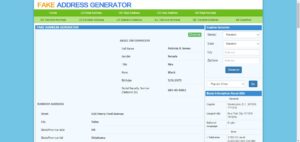
Fake Address Generator tool is a comprehensive solution for generating fake addresses across multiple countries, including the USA, Canada, UK, Australia, and over 125 other nations. It offers a diverse range of randomly generated data, including addresses, names, Social Security Numbers (SSNs), phone numbers, zip codes, and more. Each address generated is designed to mimic real-world locations, ensuring authenticity and usability for various testing scenarios. Users can specify the country for which they need an address, and the tool generates a realistic address along with accompanying details. With its extensive coverage and customizable options, the Fake Address Generator proves invaluable for testing geographic-specific functionalities in applications or websites.
2. Fake Name Generator:
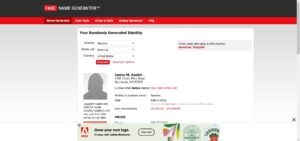
Renowned as one of the most advanced tools of its kind, the Fake Name Generator excels in producing random names, addresses, usernames, passwords, email addresses, and more. Its sophisticated algorithms ensure that each generated identity appears authentic and diverse, suitable for a myriad of purposes, including software testing, social media registration, and more. By providing a wide range of data points for each generated identity, including demographic information and online profiles, the Fake Name Generator enables users to create realistic personas for various testing and simulation needs. Whether it’s populating a database with dummy accounts or conducting user research in a controlled environment, this tool offers unparalleled flexibility and depth in generating fake identities.
3. Random Lists:
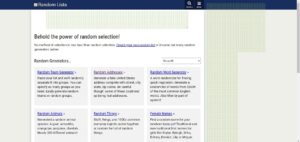
Serving as a versatile random generator, Random Lists offers users the ability to access premade random lists or create their own randomized content. This tool proves invaluable for decision-making processes, brainstorming sessions, or simply injecting a dose of randomness into any project. Users can choose from a variety of pre-existing lists covering diverse topics, or utilize the tools provided to customize their own randomized content. With its user-friendly interface and expansive selection of randomization options, Random Lists caters to a wide range of use cases, from generating randomized test data to sparking creativity in content creation endeavors.
4. Cool Generator:
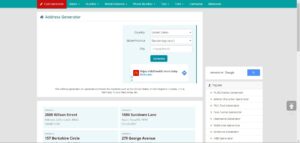
With a repository of over 300+ web cool tools, including an address generator, Cool Generator stands out as a go-to resource for generating a plethora of content types. From names to games, words to text, and sentences to addresses, this tool offers a comprehensive suite of options for users seeking inspiration or practical solutions. Whether it’s generating unique usernames for online accounts or crafting imaginative scenarios for storytelling purposes, Cool Generator provides a wealth of resources to fuel creativity and productivity. Its diverse array of tools ensures that users can find the perfect solution for their specific needs, making it an indispensable asset in any content creation toolkit.
5. Fake Person Generator:
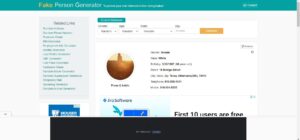
Tailored specifically for generating random identities from the USA, the Fake Person Generator offers a wealth of personal information, including names, addresses, phone numbers, emails, employment details, family information, and more. With its meticulous attention to detail, this tool creates fully fleshed-out personas complete with interests, online profiles, preferred browsers, and other nuanced attributes. Whether it’s populating a test database with realistic user data or simulating user interactions in a controlled environment, the Fake Person Generator provides an abundance of options for generating diverse and lifelike identities. Its comprehensive approach to identity generation ensures that users can access a wide range of data points to suit their testing or research needs accurately.
Frequently Asked Questions
